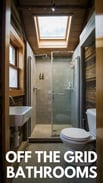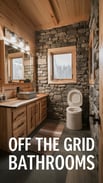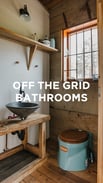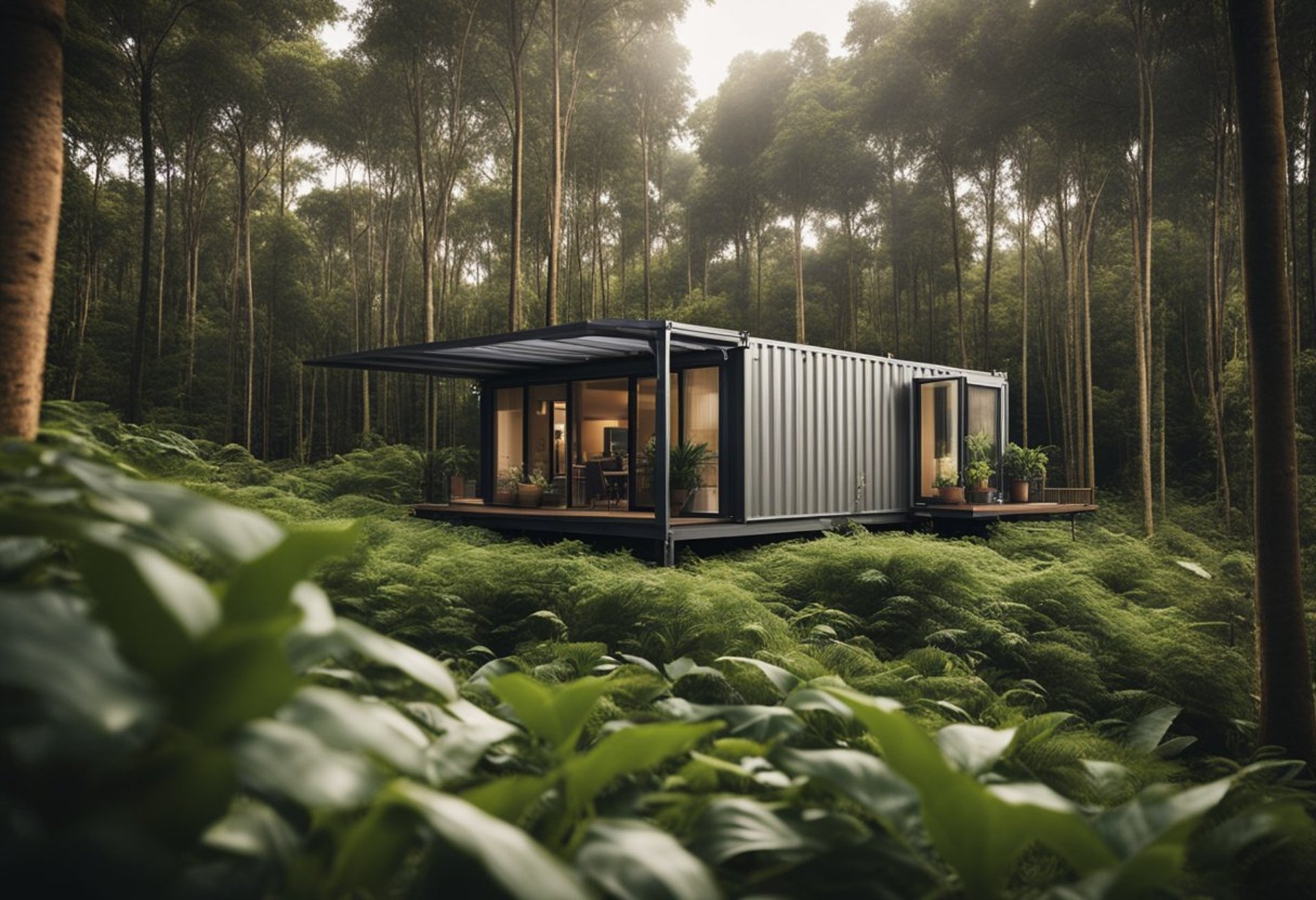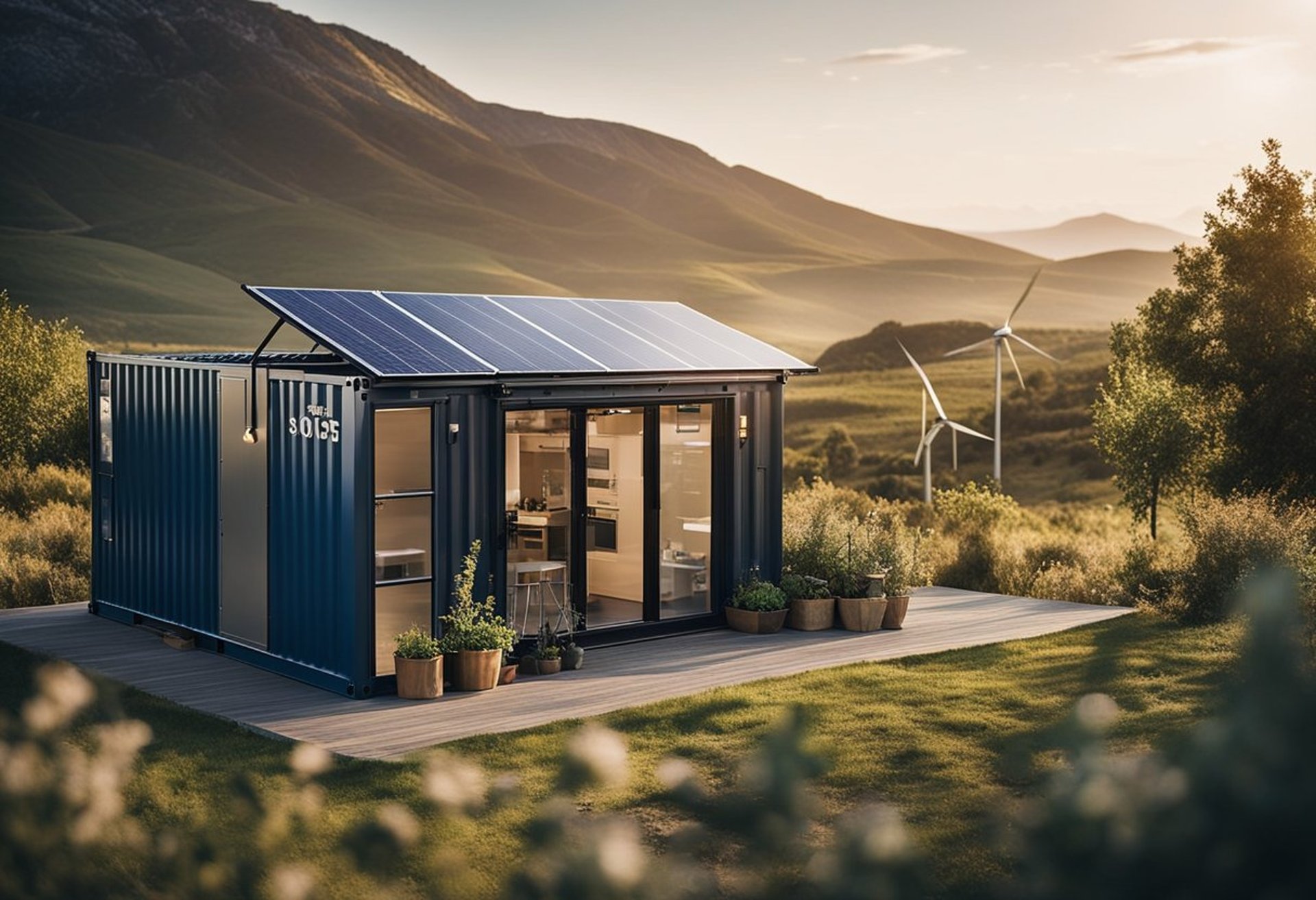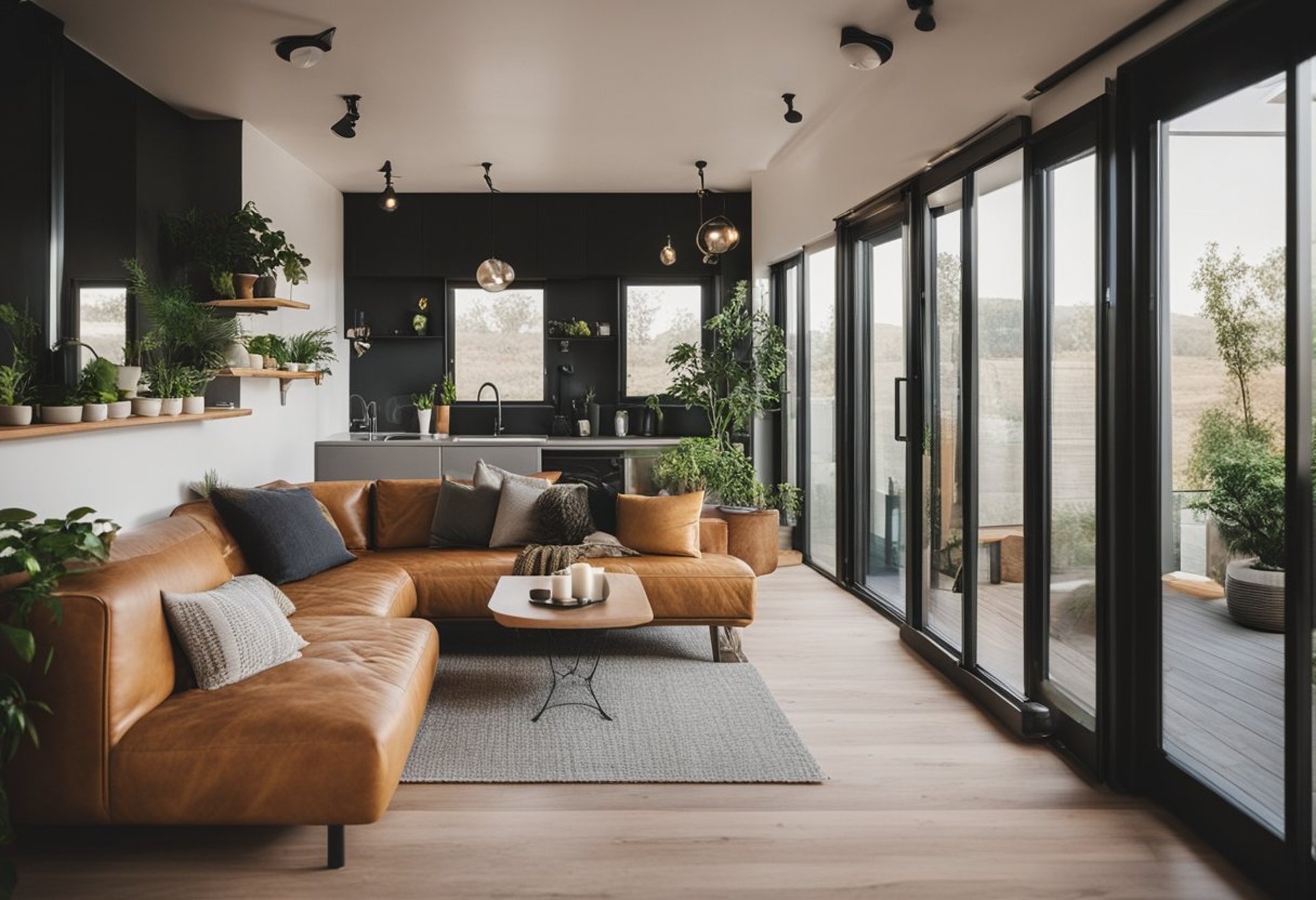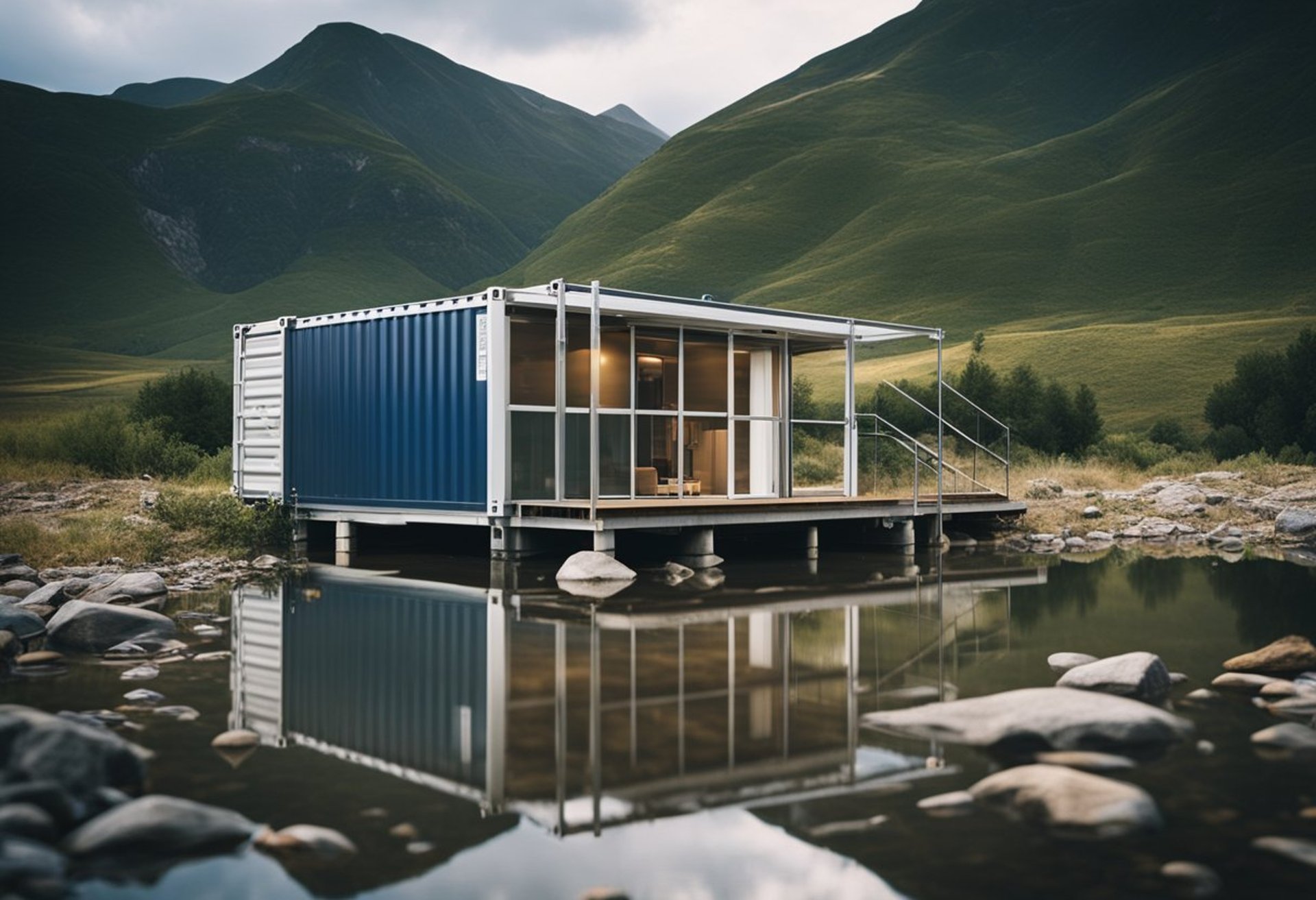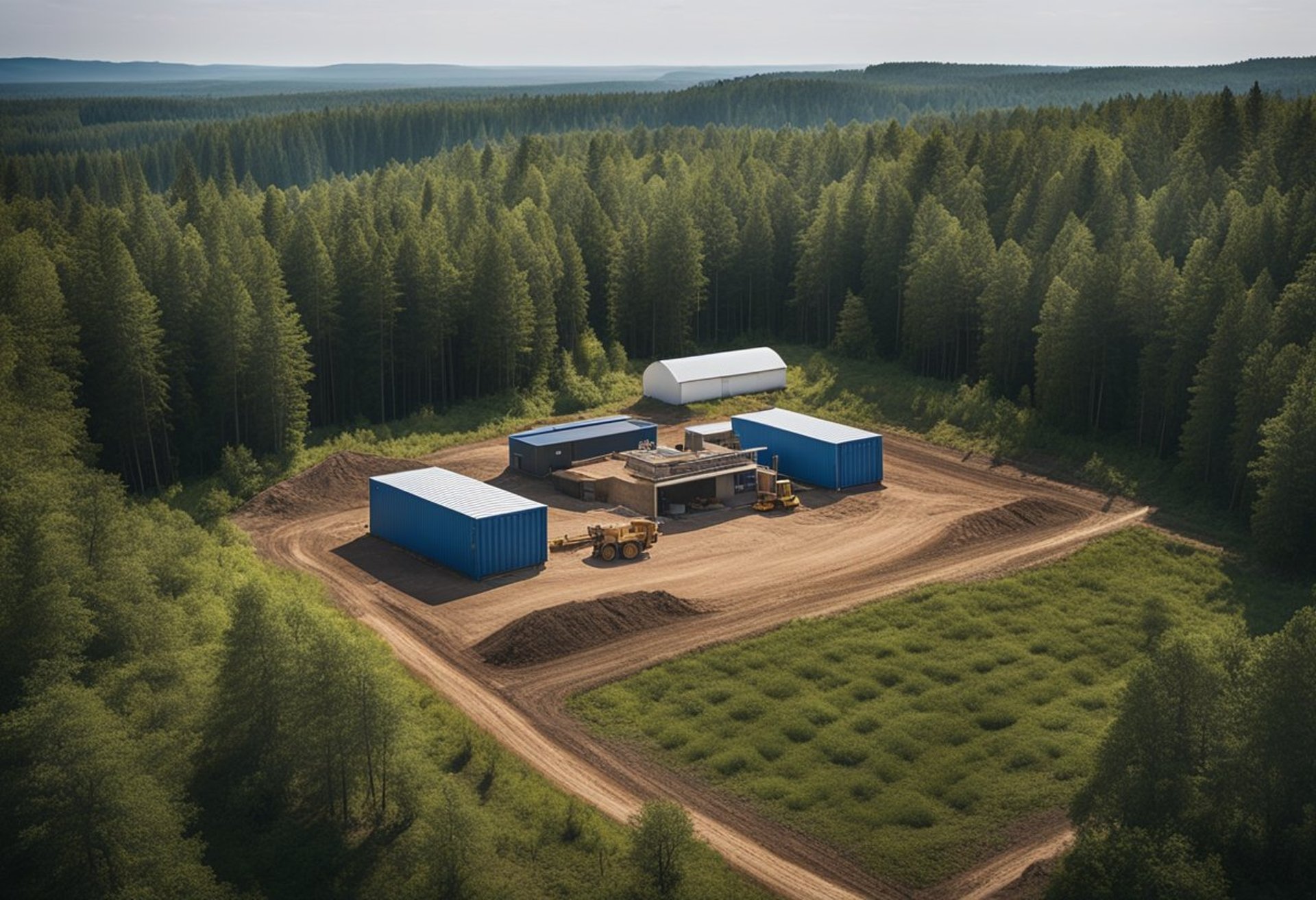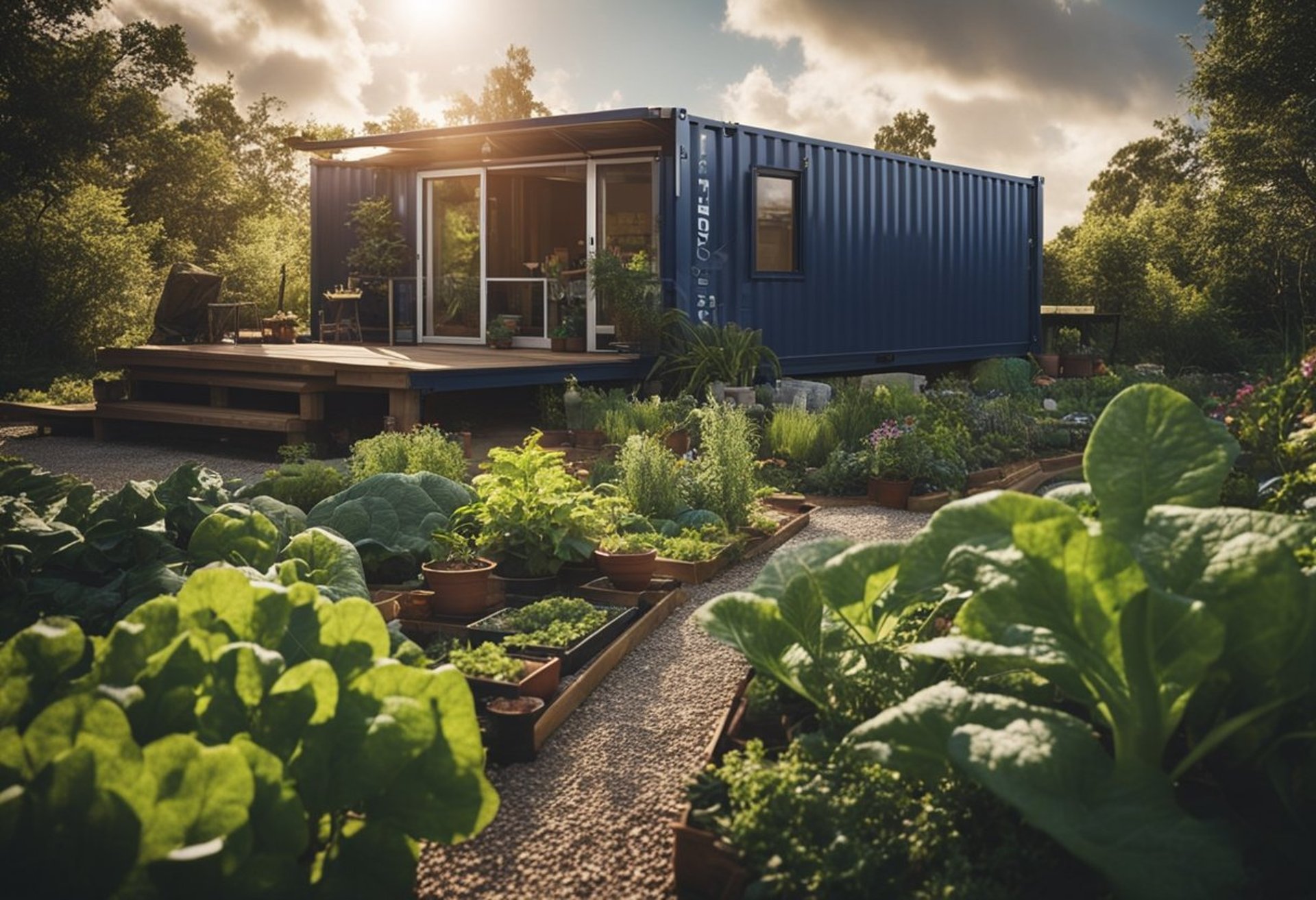Container House Design Off Grid: Innovative Solutions for Sustainable Living
Container house design offers a unique solution for those looking to live off the grid. These homes provide a blend of sustainability, affordability, and modern living, making them an attractive option for eco-conscious individuals. By transforming shipping containers into livable spaces, anyone can achieve a comfortable and functional life away from conventional utilities.
Choosing the right site is crucial for maximizing the benefits of a container home. Factors such as local climate, access to resources, and spatial requirements greatly influence the overall experience and practicality of off-grid living.
Innovative energy solutions and effective water supply systems are essential components of container house design. With the right planning, anyone can create a self-sufficient lifestyle that promotes both independence and sustainability.
Key Takeaways
Site selection impacts the efficiency and comfort of a container home.
Sustainable energy solutions enhance off-grid living.
Effective water and waste systems are vital for a functional setup.
Fundamentals of Off-Grid Container House Design
Designing an off-grid container house involves several key elements. This includes selecting the appropriate container, focusing on sustainability, and ensuring effective insulation and temperature control. Each aspect plays a crucial role in creating a functional and comfortable living space that operates independently of traditional energy sources.
Choosing the Right Container
Selecting the right container is essential for any off-grid project. Consider the size and condition of containers, as new containers often have fewer structural issues.
Container Types: Standard shipping containers and high-cube containers are popular choices.
Dimensions: A 20-foot unit offers less space, while a 40-foot unit provides more flexibility for layout.
Condition: Look for containers with minimal rust and structural damage; graded containers offer a variety of conditions.
Assessing site requirements and local zoning regulations will also influence container choice. Proper planning ensures the container meets the project's specific needs while adhering to environmental standards.
Sustainability and Energy Efficiency
Sustainability is a cornerstone of off-grid design. Incorporating renewable energy sources is vital for reducing reliance on external power.
Solar Power: Photovoltaic panels can generate electricity for basic needs.
Rainwater Harvesting: Collecting and storing rainwater reduces reliance on municipal water systems.
Waste Management: Composting toilets and greywater systems minimize environmental impact.
Additionally, energy-efficient appliances can significantly lower energy consumption. Prioritizing sustainable materials helps create a house that harmonizes with its surroundings while minimizing ecological footprints.
Insulation and Temperature Control
Effective insulation is critical for maintaining a comfortable interior environment. Container homes often have metal exteriors that can create temperature extremes.
Insulation Types: Spray foam insulation can fill gaps and create a tight seal, while rigid foam boards provide excellent thermal resistance.
Natural Options: Materials like wool or cellulose are environmentally friendly choices worth considering.
Ventilation: Proper ventilation systems reduce moisture buildup and improve air quality.
The choice of insulation materials directly impacts energy expenditure throughout the year, ensuring a comfortable living space regardless of seasonal temperature fluctuations.
Site Selection and Preparation
Choosing the right site and preparing it correctly are essential steps in the success and sustainability of an off-grid container house. Various factors influence the site selection process, including land characteristics and foundational requirements.
Land Assessment
Conducting a thorough land assessment is crucial. Key aspects include:
Soil Quality: Testing for soil stability is vital. Sandy and loamy soils provide better drainage, while clay can retain moisture.
Topography: A flat or gently sloping site is preferable. Avoid steep slopes to minimize erosion and improve drainage.
Access to Resources: Proximity to water sources, sunlight for solar panels, and wind conditions for energy generation should be evaluated.
Local Zoning Laws: Verify regulations in the area to ensure compliance with building codes and land usage.
Consider these factors carefully to select a site that enhances the functionality and longevity of the container house.
Foundation and Structural Stability
Establishing a solid foundation is paramount for stability. Options vary based on land conditions:
Types of Foundations: Common choices include pier, slab, and crawl space foundations. Each has unique benefits and suitability depending on the soil type and weather conditions.
Site Grading: Ensure the site is leveled or graded appropriately to mitigate water accumulation. Proper drainage reduces the risk of flooding.
Anchor Systems: In windy regions, anchoring the container house is essential. Various markets offer systems designed for this purpose.
Building Materials: Consider local materials for the foundation to ensure durability and reduce transportation costs.
Appropriate foundation choices contribute directly to the structural integrity of the container house.
Water Supply and Waste Management
Effective water supply and waste management are crucial for off-grid container house design. Sustainable systems must be implemented to ensure accessibility and environmental responsibility.
Rainwater Collection Systems
Rainwater collection systems are an effective solution for providing water in off-grid settings. They involve capturing rainwater from roofs and directing it to storage tanks.
Key components include:
Gutters and Downspouts: These collect rainwater and channel it into storage.
Storage Tanks: Tanks should be sized appropriately based on rainfall patterns and household needs.
Filtration Systems: Installing filters ensures the water is clean for consumption.
Regulations might require specific standards for water quality. Additionally, these systems can significantly reduce reliance on other water sources.
Composting Toilets and Greywater Treatment
Composting toilets are an efficient alternative for waste management in off-grid designs. They utilize natural processes to break down human waste into compost.
Benefits of composting toilets include:
Water Conservation: They require little to no water for operation.
Nutrient-Rich Compost: The end product can be used to enrich soil, promoting sustainability.
Greywater treatment systems recover water from sinks, showers, and laundry. This water can be reused for irrigation or toilet flushing.
Common methods for greywater treatment:
Filtration Systems: These remove contaminants to improve water quality.
Constructed Wetlands: These natural systems help further treat greywater before reuse.
Implementing these systems promotes self-sufficiency while minimizing environmental impact.
Energy Solutions for Off-Grid Living
Off-grid living requires reliable energy solutions to ensure daily needs are met without reliance on external utilities. Successful energy management in a container house design includes harnessing renewable sources like solar and wind power, along with efficient energy storage systems.
Solar Power Systems
Solar power systems are essential for off-grid living. Photovoltaic (PV) panels convert sunlight into electricity, providing a sustainable energy source.
System Components:
Solar Panels: Capture sunlight, typically comprised of monocrystalline or polycrystalline materials.
Inverter: Converts direct current (DC) from panels to alternating current (AC) for household use.
Batteries: Store excess energy for use during cloudy days or at night.
A properly sized solar array should consider local sunlight availability and household energy demands. Installation can be roof-mounted or ground-mounted, depending on available space.
Wind Turbines and Energy Storage
Wind turbines can complement solar systems, particularly in areas with consistent wind patterns. These turbines convert kinetic energy from the wind into electrical energy.
Wind Turbine Types:
Horizontal-Axis: Commonly used, featuring two or three blades and requiring higher wind speeds.
Vertical-Axis: More versatile, suitable for turbulent wind conditions but typically less efficient.
In addition, incorporating an energy storage solution, like lithium-ion batteries, allows for better energy management. This setup ensures that energy generated from both solar and wind sources is stored efficiently for continuous power supply, maximizing usage and minimizing energy wastage.
Interior Design and Living Space Optimization
Optimizing living spaces in a container house involves strategic choices in furniture and storage solutions. Effective design enhances functionality while maintaining aesthetic appeal.
Multipurpose Furniture
The use of multipurpose furniture is essential in container house design. Items such as ottomans with storage, fold-out tables, and wall beds can significantly increase living space efficiency. These types of furniture serve dual purposes, allowing for comfortable seating during the day and converting into sleeping areas at night.
Incorporating sliding or stacking furniture can further enhance versatility. For instance, nesting tables can be arranged in various configurations depending on the need. Selecting furniture that is lightweight and easy to move can help adapt the space for different activities. A cohesive color scheme can also tie together different functions, making the interior feel unified and spacious.
Maximizing Storage
Storage solutions should focus on vertical space in container homes, which often have limited floor area. Utilizing shelves and cabinets that reach toward the ceiling can help take advantage of height. This approach can significantly reduce clutter and maintain an open atmosphere.
Incorporating built-in storage in stairs or under furniture can also optimize space. Creating designated areas for specific items, such as hooks for coats or baskets for toys, encourages organization. Modular storage options allow for flexibility and can be rearranged as needed. Clear bins can help keep items visible while maintaining a clean look.
